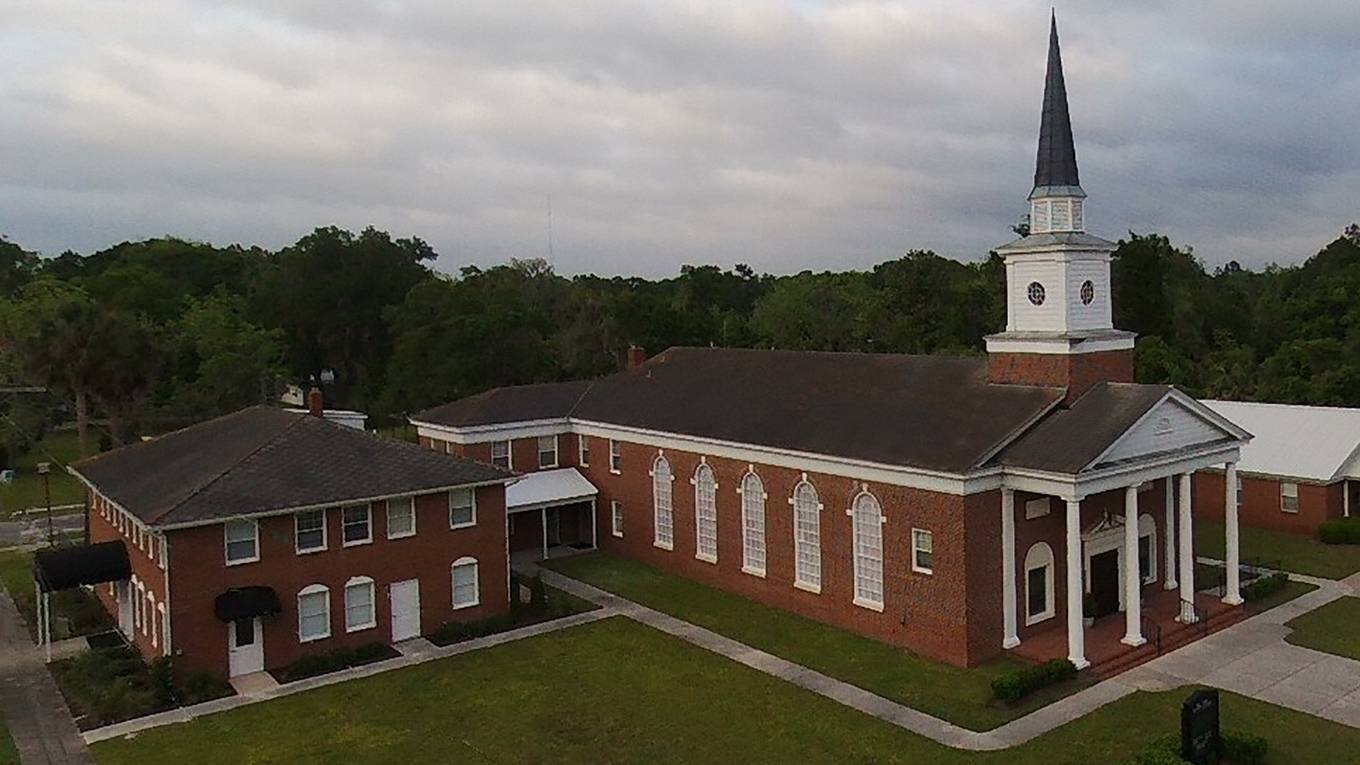Anyone looking for Baptists should head to Greenville, S.C.
"People here say you can throw a rock in one direction and hit a Southern Baptist church and if you throw a rock in the other direction you'll hit an independent Baptist church," said Nathan A. Finn, provost of North Greenville University.
Finn's school – with strong Southern Baptist ties – isn't the only brand of "Baptist" life in town. There's the progressive Furman University, as well as the independent Bob Jones University, known for its rock-ribbed Baptist defense of fundamentalism.
The Baptist world is extremely complex and hard for many outsiders to navigate. Some of this confusion, said Finn, affects life inside the most prominent Baptist flock – the Southern Baptist Convention – and perceptions of SBC conflicts.
"Lots of people need to understand that Southern Baptists are far more diverse, ethnically and culturally, than they think we are," he said, in a telephone interview. "At the same time, we're more uniformly conservative that we often appear, especially since we spend so much time fighting with each other over some of the small points of theology on which we differ."
With some of these stereotypes in mind, Finn recently fired off a dozen Twitter messages describing different images of real "Southern Baptist" churches that are common today. The goal, he said, was to create "composites of what different kinds of SBC congregations look like" and he gave them "names that are common with certain types of real churches."
There is, of course, a "First Baptist Church" which Finn described as "a downtown church that runs 500 in worship. The church is affluent, which is reflected in their beautiful building. The worship service is traditional. There are lots of programs & committees" and the congregation is known for big donations to the SBC's shared "Cooperative Program" budget.
Then there is one of the megachurches that have dominated the American religious marketplace in recent decades. While the word "Baptist" is missing in its name, Finn noted: "CrossWay Church is a suburban church that runs 1400 in two services. The 'feel' of each service is laid back & contemporary. CrossWay has excellent recreational facilities" and its leaders are "considering launching a second campus."
These big churches frequently make headlines. However, at the other end of the urban spectrum there is this image: "Northside Baptist Church runs about 40 people in worship. Their neighborhood used to be residential, but now is industrial. The youngest active member is 59. The pastor is bi-vocational," and the church has only three deacons.
Meanwhile, there are plenty of SBC congregations that fit this next description: "Stoney Creek Baptist Church is a rural church that runs 75 in worship. The church dates to 1850, and many families in the church go back three or more generations."
The Twitter list mentioned other forms of big-church life, as well as a typical college-town flock, a distinctly Calvinist congregation and a high-plains church that specializes in "cowboy" worship and community life.
Then again, note this model: "Iglesia Bautista Berea is a Hispanic congregation that runs 150 in worship. About half of the regular attenders are longtime members, but the other half are migrants who attend seasonally. Some of them may be undocumented."
Also, "Solid Rock Baptist Church is an African American church that runs 300 in worship. The service lasts almost two hours. The pastor is a beloved figure in the community, both for his strong preaching & for his church's mentoring program at the neighborhood elementary school."
Outside of a few headlines about Critical Race Theory debates, few Americans – including some inside the SBC – grasp the degree to which ethnic churches are on the rise in the nation's largest Protestant flock. Some have achieved megachurch status, such as the Fountain of Praise Church in Houston, which hosted the funeral for #BlackLivesMatter icon George Floyd.
Ethnic churches "really are growing and becoming more important, but lots of people don't realize how crucial these churches are to the SBC's future," said Finn. "When people think about Southern Baptists our big churches are always part of that picture, but some of them are Black or Latino churches.
"Much of our growth, today, is definitely seen in ethnic churches. … It's lots of our stereotypical Anglo churches that are struggling."
FIRST IMAGE: The First Baptist Church of Jasper , Fla.


